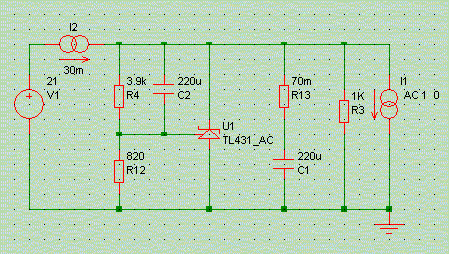

Above is the basic application diagram of the TL431, including bypass capacitor C2 which reduces gain and noise at above DC. The input dropper resistor is replaced with a fixed current source of 30mA, I2, this just to make my simulation work easier. With the output at 12V, 12mA goes to the load (resistor R3), and about 18mA flows into the shunt element.
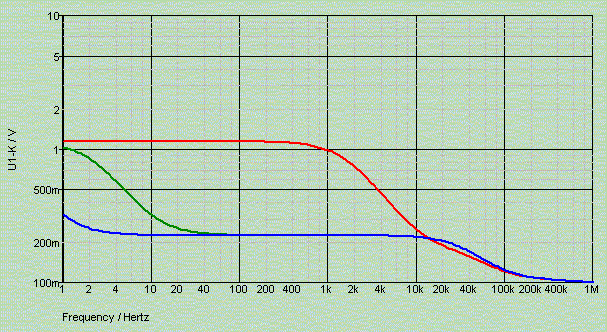
The added feedback with increasing capacitance on C2 predicably lowers the low-frequent output impedance. Above 1kHz the total impedance is dominated by capacitor C1.
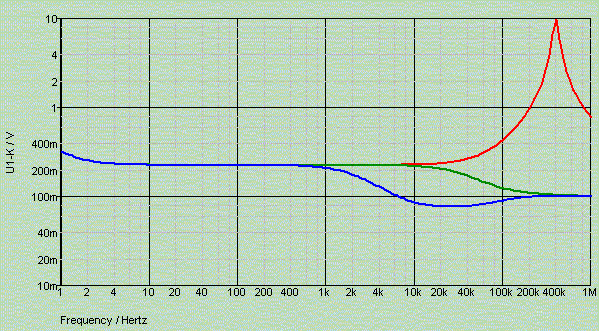
According to the datasheet the 431 must be used with a minimal capacitance on the output, lest it turns instable. That is why the above red '0uF' plot has such a huge resonant peak at 400kHz; the simulation is probably not too accurate, we are using the device illegally anyway, but what can be gleaned from the plot, though, is that the TL431 turns inductive at above 40kHz. Once a suitably big capacitor C1 is in place, this inductance is bypassed effectively, and more important, without nasty resonances, thanks to the 431's rather high intrinsic output resistance of 200 mOhms.
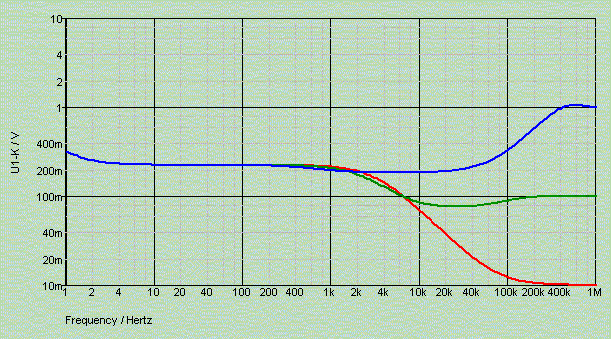
Again, due to its self-damped output stage the 431 is not upset by ultra-low-Z capacitors on its output. Moreover, selecting C2 with ESR close to the 431's output resistance yields a flat total impedance up to the capacitor's HF limits.
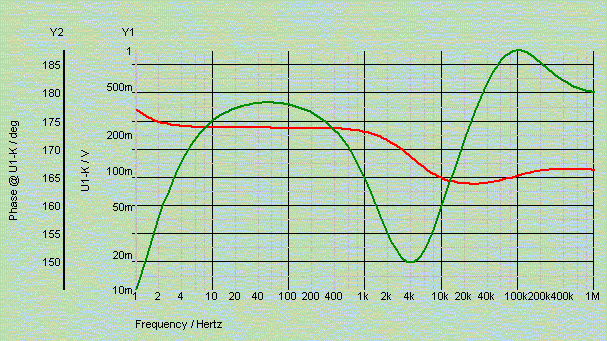
In the audio band the phase of the typical C1 = 220uF/100mR case swings only over 30 degrees, indicating a behaviour already much closer to resistive than what the LM317 managed.
In part 1 we saw that the output noise of a TL431 can be lower than that of the LM317. Here we learned that its output impedance is kinder, and combines easier with various capacitors. However, it is also much higher than the 317's in the lower frequencies. Luckily we can cure that ...
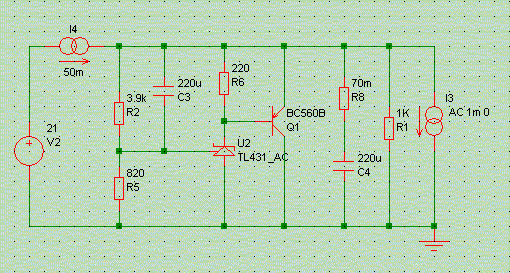
In this circuit the 431 is used as an error amplifier only, its gain determined by resistor R6. The additional transistor, Q1, serves as the actual shunt element. The gain of the TL431 'amplifier' is used to reduce the impedance of that shunt transistor when the feedback loop is closed.
However, there is a limit to the maximal value R6 can have (and thus to open-loop gain itself), as the TL431 must be guaranteed to work with a current of at least 1-2mA.
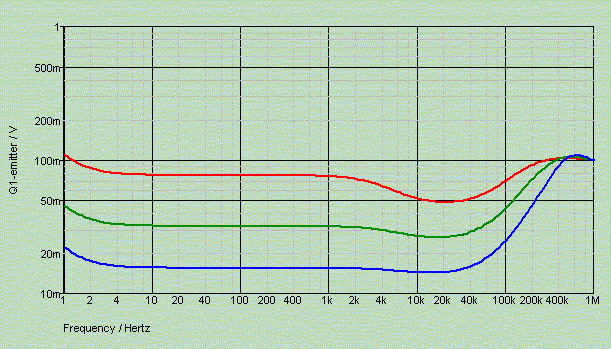
This scheme reduces the output impedance massively, but is rather current-dependent. The lowest impedances are reached at the highest currents through the transistor, making heatsinking in many designs a necessity.
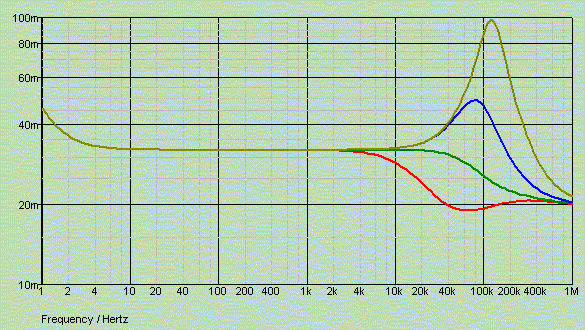
With a lower output resistance in the nether frequencies the inductive region of the regulator combo, above 40kHz, is more pronounced, making bypassing with low-ESR capacitors a more risky business than with the solo TL431. This becomes then the same story as we had with the LM317: low-Z capacitors are OK, as long as they are sufficiently high in value. But then capacitor ESL comes into play too ... and the story never ends.
© Copyright 2004 Werner Ogiers - www.tnt-audio.com